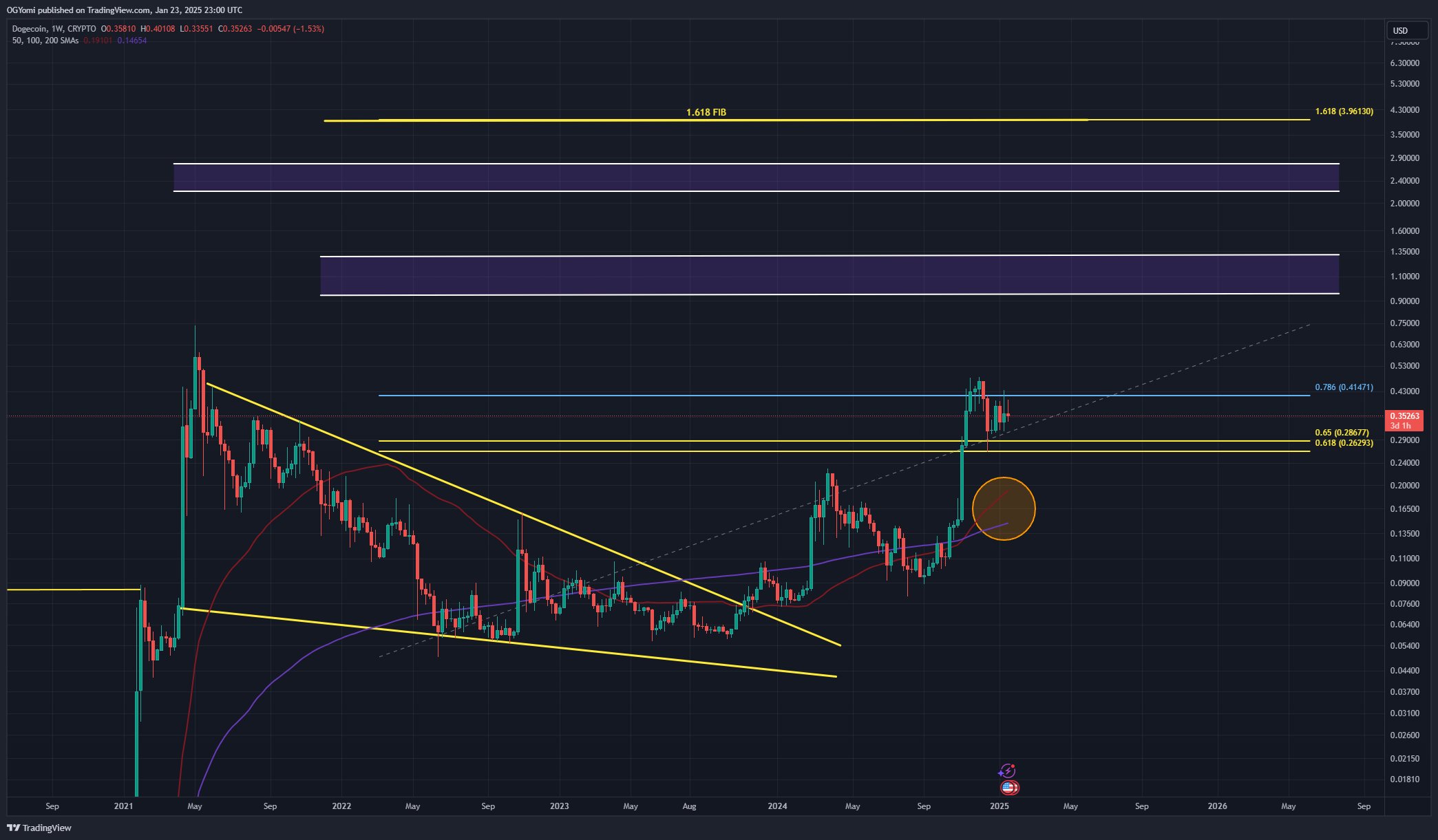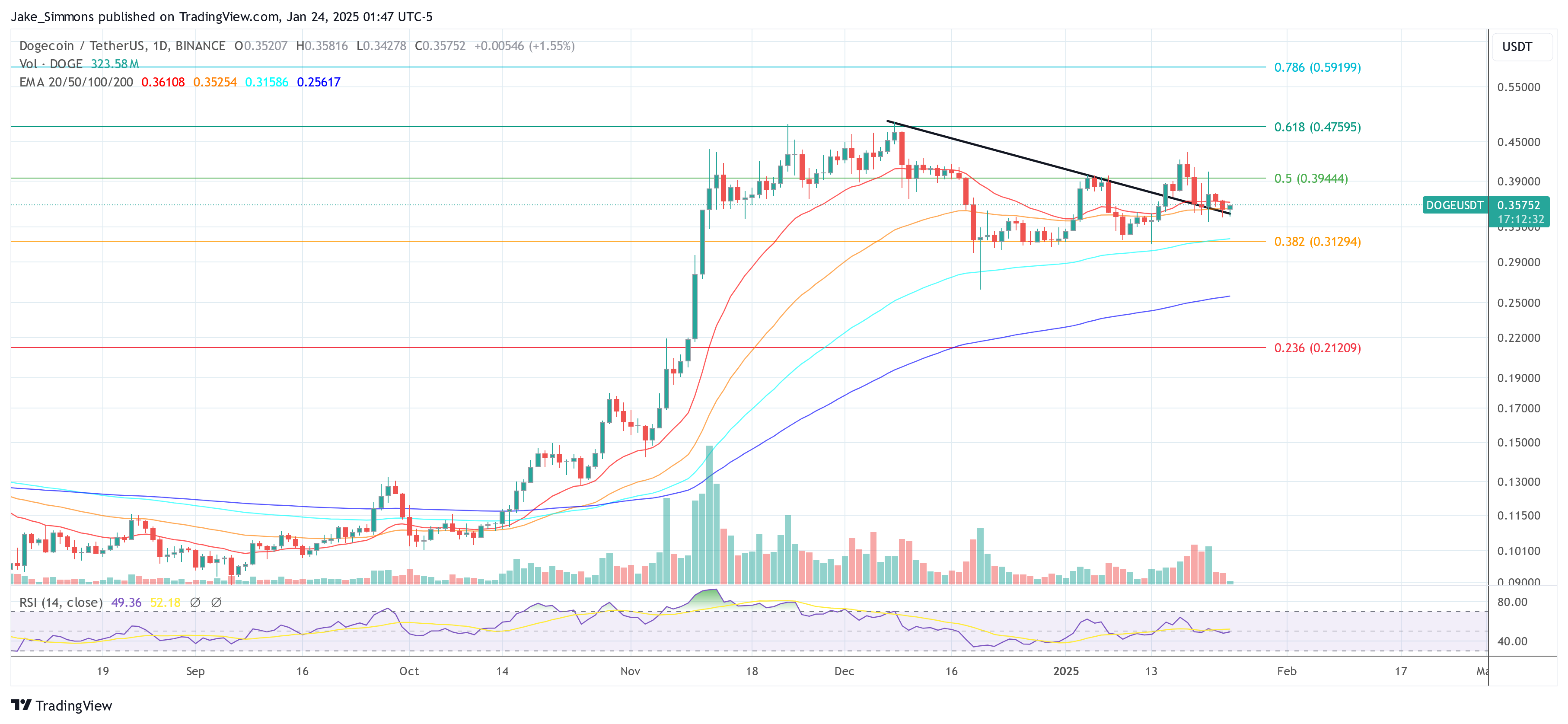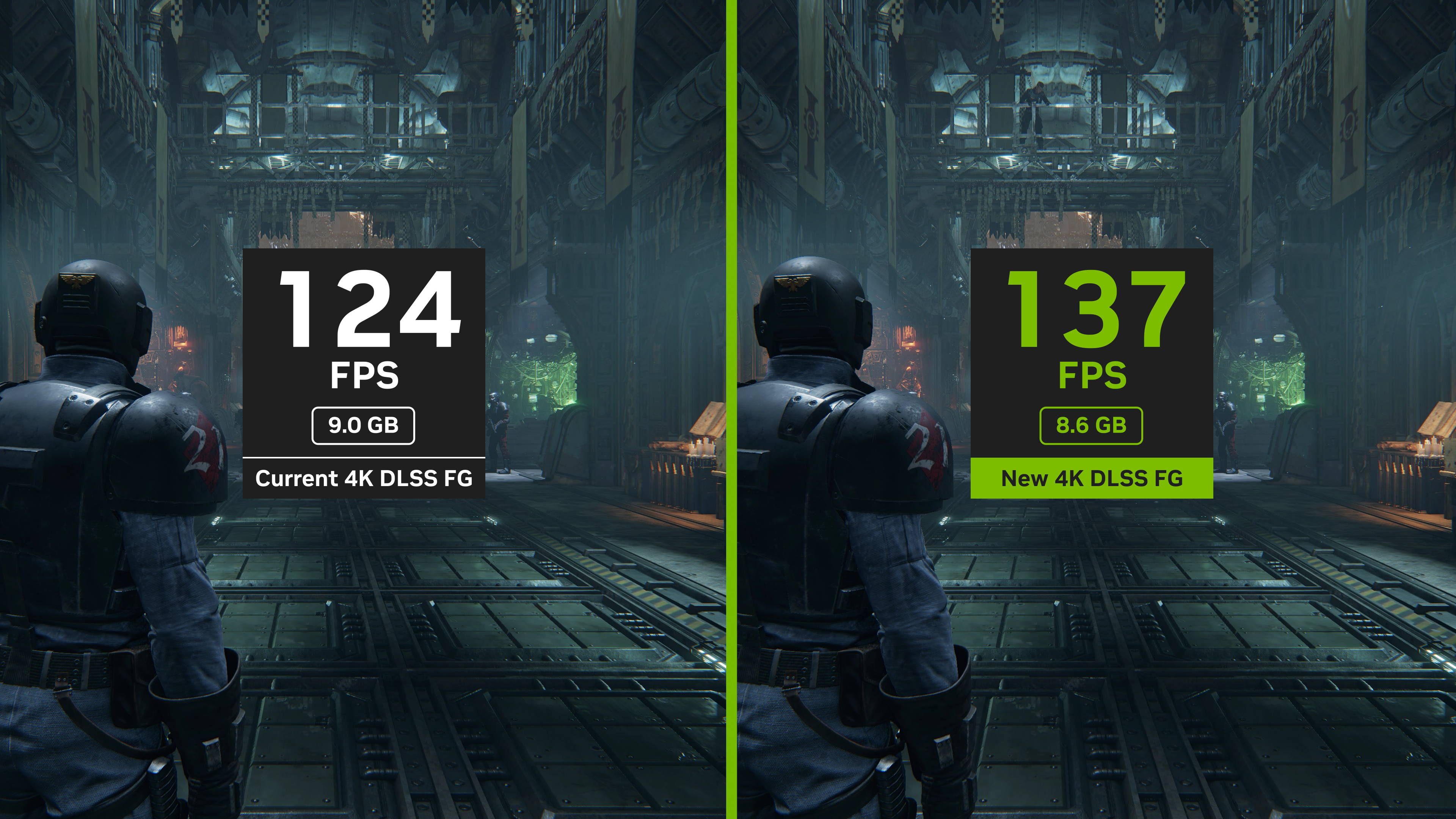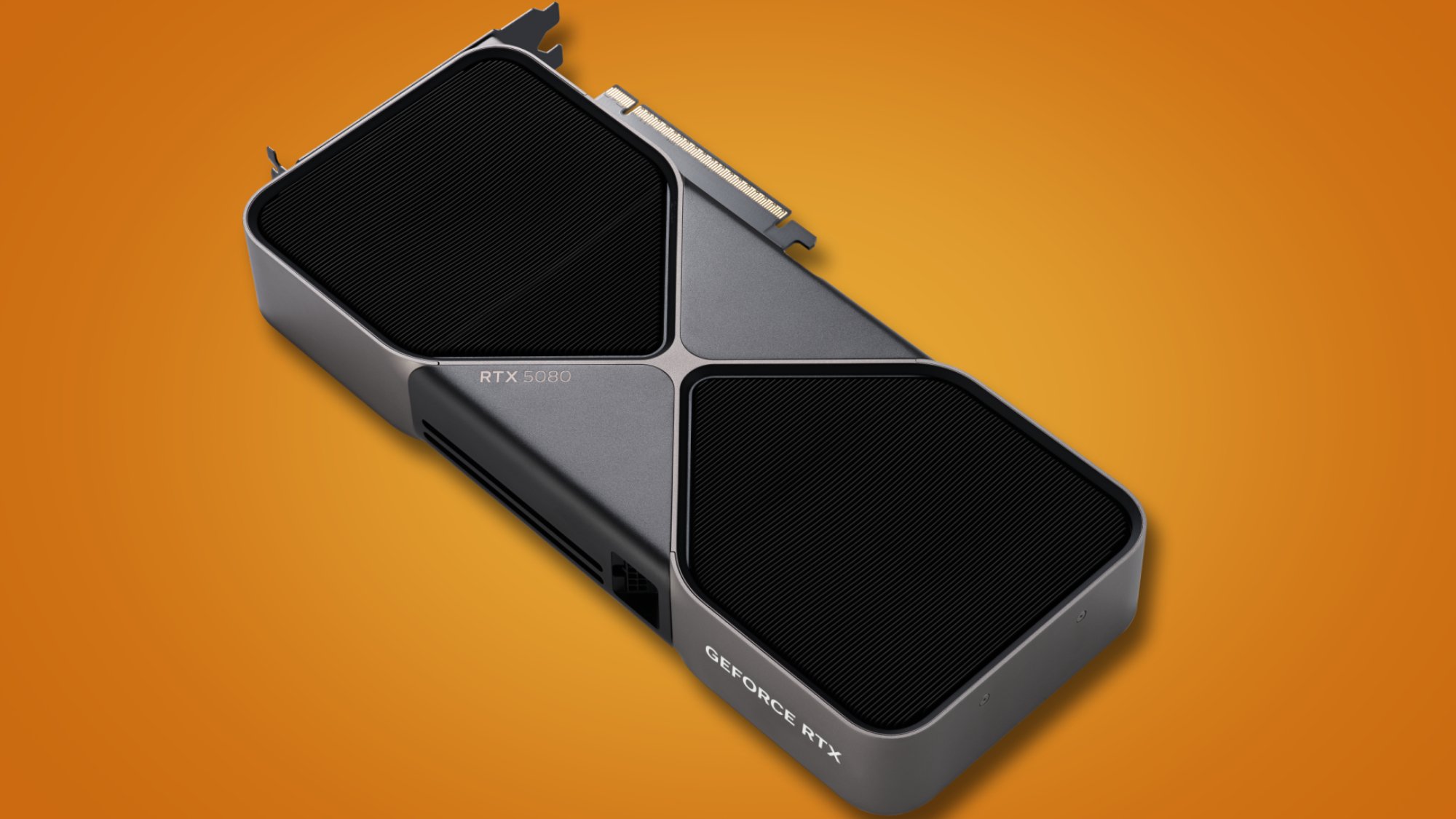OpenAI’s board is locked in complex negotiations to become a for-profit company, struggling to determine the price of Microsoft’s stake in the start-up while holding talks to value its newly formed charitable arm at $30bn.
The ChatGPT-maker, which is overseen by its not-for-profit board, has been discussing a restructuring since September that would split the start-up in two. Its charitable arm, tasked with OpenAI’s original mission of “benefiting humanity”, would be given a stake in the newly formed public benefit corporation (PBC).
One obstacle to the conversion has been determining how much equity the start-up’s biggest backer, Microsoft, would hold in the PBC, according to people with knowledge of the talks. Other considerations, such as how much equity chief executive Sam Altman will be granted in the new company, must also be ironed out.
According to three people familiar with the negotiations, the charitable arm could be valued at about $30bn, but a final price is yet to be determined. The majority of that value would be realised in the form of equity in the PBC, one person added, with the remainder paid in cash.
“That is a new phenomenon where non-profits have stakes in the for-profit,” said Karla Dennis, chief executive of tax advisory KDA, who added that such transactions were more typically paid in cash.
A restructuring will create “one of the best resourced non-profits in history”, according to OpenAI. But some, including Elon Musk, argue that the true value of the non-profit is far higher, given its current control over OpenAI, which has been valued at $157bn.
The switch is designed to allow OpenAI to raise tens of billions of dollars more from investors, which the start-up views as essential to develop cutting-edge AI models ahead of rivals. But it is also a major break from OpenAI’s foundation as a non-profit and a highly complex move for which there is little legal precedent.
OpenAI agreed a two-year time limit to complete the conversion with investors as part of its latest funding round in September. If the change is not complete by the deadline, investors can claw back some of the $6.6bn they put into the company.
Of its current stakeholders, Microsoft’s relationship with OpenAI is the most sensitive.
Figuring out how much equity Microsoft can have without attracting antitrust attention is another crucial part of the hold-up to converting into a PBC, said one person close to OpenAI.
OpenAI and Microsoft declined to comment.
On Tuesday, Microsoft announced it would change the structure of its deal with OpenAI to enable the start-up to use rivals’ cloud-computing services.
The move means that Microsoft will relinquish its position as OpenAI’s exclusive cloud service provider but retain the right of first refusal. Microsoft said several “key elements” of its partnership with OpenAI would remain in place until the end of 2030, when their current deal, including revenue-sharing arrangements, concludes.
That move came as OpenAI announced this week it was joining a joint venture with Japan’s SoftBank dubbed Stargate, with plans to build at least $100bn on AI infrastructure in the US.
The move to become a for-profit company has proved controversial in Silicon Valley as the battle over OpenAI’s future is set to influence the global race to develop and commercialise generative AI.
The proposed transaction has led to vociferous lawsuits from Musk, an OpenAI co-founder who has since set up a rival group, xAI. Musk has sought an injunction against the conversion, claiming OpenAI has duped early donors, including himself, who thought they were backing a research group.
OpenAI was founded as a non-profit organisation in 2015. In 2019, it developed a for-profit subsidiary, which capped returns for investors and gave the non-profit board full control over the for-profit arm.
Currently, its financial future is tied to developments such as reaching artificial general intelligence (AGI), a point where the technology has similar levels of intelligence to humans. Clauses relating to AGI are being written out of the new structure, the Financial Times has previously reported.
The company’s complex corporate governance came under scrutiny in November 2023, when its non-profit board ousted Altman, only for him to be reinstated soon after.
People close to the negotiations are hopeful the transaction can be completed this year, but added that the conversations are subject to change and likely to carry on for some months.
The complexities of pricing such a nascent and powerful technology is another issue.
That decision falls on OpenAI’s board, which includes Altman, former Salesforce chief Bret Taylor and former US Treasury secretary Larry Summers. They owe their principal duty to “humanity, not OpenAI investors”, according to the start-up’s charter.
“There’s an obvious conflict of interest for the board when it is negotiating [the value of the non-profit]. Of course, the board wants to pay as little cash as it can possibly justify,” said a former OpenAI employee. “I’m not even sure a true arms-length process could resolve this conflict.”
Kathleen Jennings, attorney-general in Delaware where OpenAI is incorporated, has asked for more information on the deal.
Jennings has said it is her responsibility to ensure the conversion is at a fair price and for the public benefit. However, OpenAI has not yet provided such details as they are still being settled internally and with stakeholders.
“There’s no real precedent for this,” said a person with knowledge of the deliberations. “A research company that became worth $157bn.”
Additional reporting by Tabby Kinder and Stephen Morris in San Francisco





































You must be logged in to post a comment Login